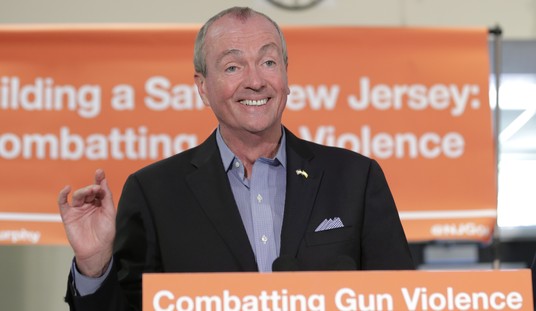That’s according to a survey conducted by McKinsey, not according to HHS’s official figures. And why, you ask, are we forced to rely on McKinsey for this information rather than on the feds?
Because, silly. Your government, which reinvented the insurance industry in the name of expanding coverage to many millions of uninsured Americans, is oddly incurious about whether uninsured Americans are signing up or not.
https://twitter.com/sam_baker/status/441651201428697088
The reality is “not many.” At least, not yet.
A pair of surveys released on Thursday suggest that just one in 10 uninsured people who qualify for private health plans through the new marketplace have signed up for one — and that about half of uninsured adults has looked for information on the online exchanges or plans to look…
The survey also attempted to gauge what has been another fuzzy matter: how many of the people actually have the insurance for which they signed up. Under federal rules, coverage begins only if someone has started to pay their monthly insurance premiums.
And, the survey show, that just over half of uninsured people said they had started to pay, compared with nearly nine in 10 of those signing up on the exchanges who said they were simply switching from one health plan to another…
The McKinsey survey also found, as it had during the previous few months, that, of people who are uninsured and do not intend to get a health plan through the marketplaces, the biggest factor is that they believe they could not afford one.
Only about a quarter of current enrollees on the exchanges were uninsured last year, meaning that, thus far, ObamaCare is mainly just a big churn operation to force insured people into more expensive “comprehensive” plans, not an operation to expand coverage. Here’s the McKinsey survey, via Phil Kerpen. Note the bit in the excerpt about nonpayment, too. If the survey data is correct, roughly half of the uninsured who did sign up will be tossed from the rolls soon enough for being deadbeats on their premiums. By the numbers:

So the number of uninsured who’ve signed up and who’ll retain their coverage going forward is more like five percent. As for the other five percent, who signed up but then didn’t pay, you tell me: How likely is it that those people will come back into the fold after going through the headache of obtaining a new policy and then seeing it quickly canceled for nonpayment?
As for the uninsured who looked at plans on the exchange but decided not to sign up, feast your eyes below. A friend of mine told me last month that he thought everyone had it wrong in analyzing ObamaCare’s sign-up numbers: HHS and the media seem to believe that they’re missing their enrollment targets because the first two months were a technological disaster for Healthcare.gov and, having fallen behind early, there’s simply no way to catch up now. But that never really made sense. Even if someone had tried to sign up in October and then quit after being frustrated by website glitches, it’s only logical that they would have tried again sometime in December or January as news spread that the site was working better. If you wanted coverage badly enough in October to screw around with Healthcare.gov, odds are good that you still wanted it badly enough last month to give it another go. There’s no reason, then, why HHS shouldn’t have quickly caught up to its enrollment targets over time. My friend’s theory was that it was the cost — rate shock — that was discouraging people from signing up, not website problems. You tell me, was he right?

Coincidentally, Gallup released a survey of its own today finding that the number of people who say that ObamaCare has hurt their family climbed four points this month to 23 percent after holding steadily below 20 for more than two years. Meanwhile, the number who say the law has helped their family dropped three points, from 13 to 10. What’ll those numbers be later this year, when the mandate — if the mandate, I should say — goes into effect?
Here’s the silver lining for Team Hopenchange: Most uninsured Americans who haven’t signed up because they think they can’t afford a plan are operating out of ignorance. That problem can, in theory, be corrected with a robust educational campaign.

Some of those people in the dark blue areas of the pie on the right will discover that they are indeed eligible for subsidies and that the subsidies are generous enough to make their coverage affordable. Others will discover that they’re just a bit too middle-class to qualify for free money, or at least to qualify for enough of it to make a “silver” plan on the exchanges worth their while. It’d be nice to have a sense of what to expect in each category, but like I say, your government would rather not look too deeply into this subject right now. I wonder why.
Via the Right Scoop, here’s your “am I awake?” video of the day. Actual quote: “At this point, actually, I think it is working the way it should.”








Join the conversation as a VIP Member